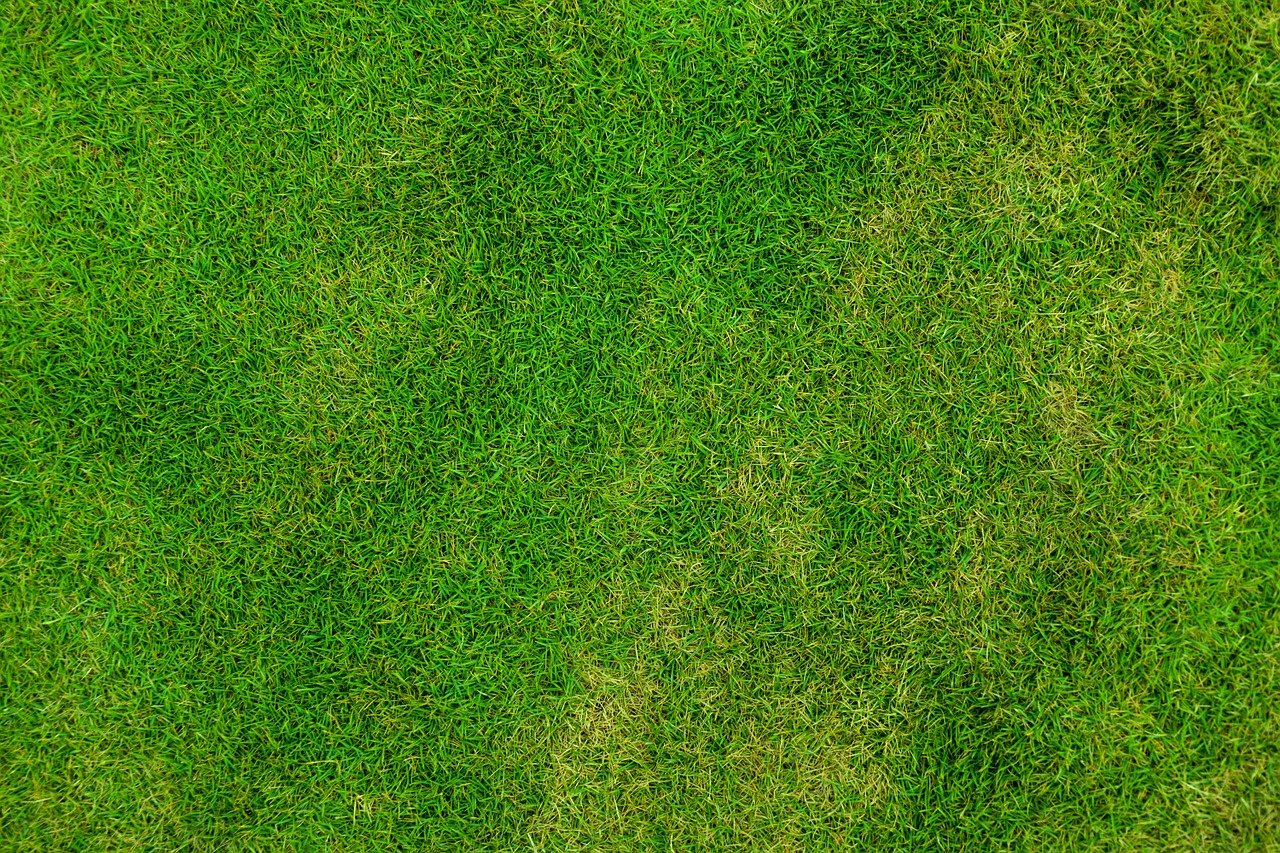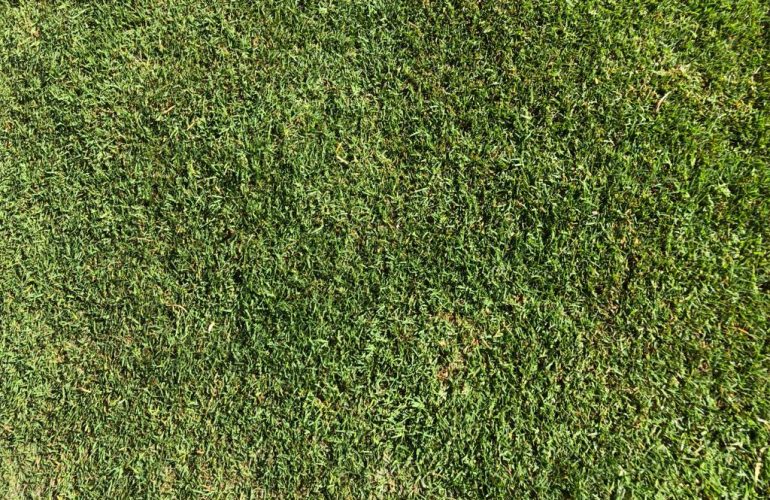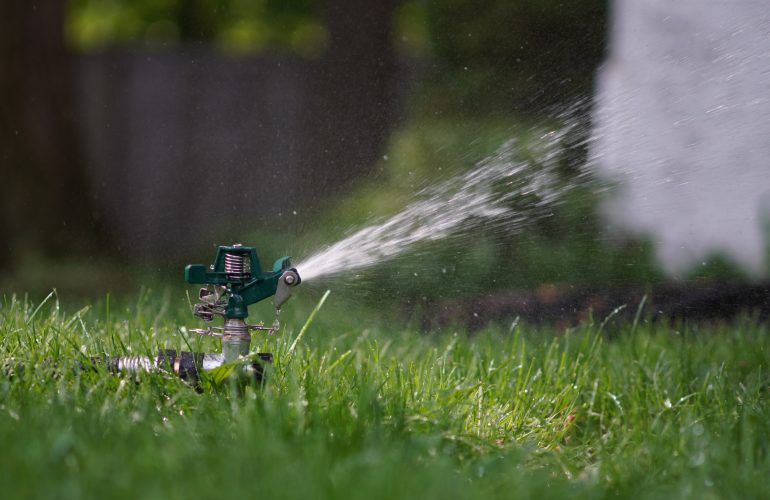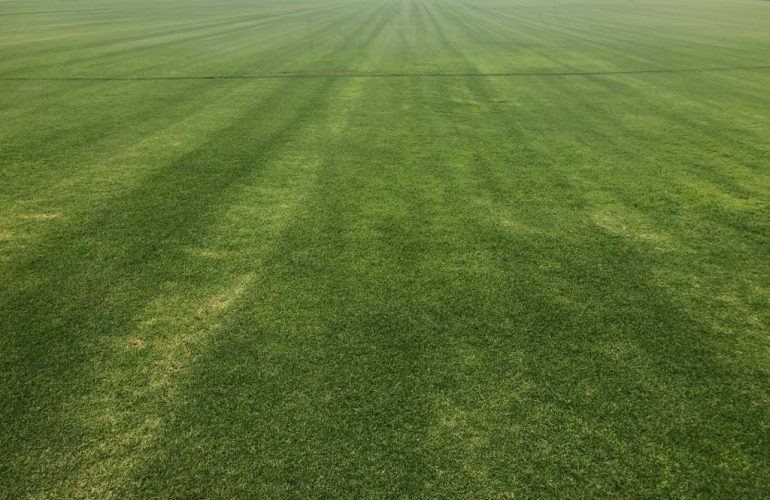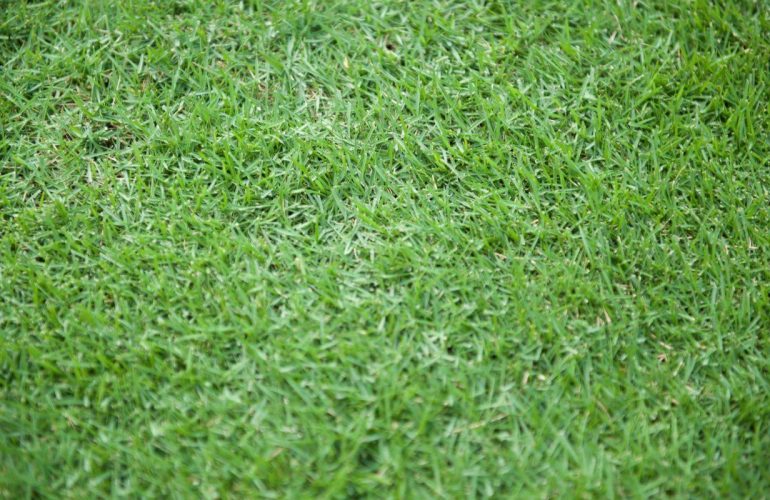How to prevent diseases on your lawn?
Having a proper maintenance check for your lawn is the key to keep your lawn healthy. So you need to take good care of your lawn to keep it healthy and alive. Your lawn is generally full of fungi and spores, some of which are beneficial and some harmful. Good fungi help to keep all the nutrients in the soil. A proper routine check of your turf will surely promote the function of these beneficial fungi. Also, routine round-ups and properly maintained lawns have fewer chances of having any fungal disease. So you should follow the recommended lawn care to keep your lawn blooming!
Some common preventive measures for a healthy lawn!
Here are some commonly practiced and recommended steps that would help you to control the spread of any fungal disease in your lawn :
- Choosing proper grass and soil type!
Always choose a grass that is appropriate for your area. As grass that is not suitable for your area tends to dry out sooner and is more prone to catch fungal diseases. When selecting the soil for your lawn, always keep in mind that you buy the soil with the right pH necessary for the lawn to look healthy and prevent the formation of fungal diseases.
A lawn soil with a pH between 6.0 to 7.0 is preferable for most lawns because it gives all the essential nutrients to your lawn and your beautiful plants. Also, remember to conduct a soil test while selecting the soil, this will not only tell you about any nutritional deficiency but also may be useful to identify the disease as well.
- Proper mowing!
To maintain the good health and aesthetical appearance of your lawn proper mowing is necessary. For correct mowing, remember to always use sharp blades. Meowing at the correct height is important as too short grass is more prone to diseases. Don’t mow more than one-third off the grass at one time. When mowing a diseased turf, make sure to wash and disinfect the underside of the mower to prevent the spread of disease.
You must be wondering that how often you should mow your turf, I have your answer! The frequency of mowing a lawn depends on the growth rate of the grass, whenever you feel like the grass has enough growth, mow it up.
- Watering the lawn!
To avoid night wetness, be sure to water the grass early morning so it can dry out in the day. Also avoid watering in the evening and late-night, since the grass will remain wet promoting leaf diseases. Make sure to water deeply but not all the time. Give frequent breaks when watering to allow water to absorb properly thus, making the roots more strong. Use a rain gauge to keep track of water and don’t water more than one inch per week for better grass growth.
- Choose the best fertilizer!
The right type and amount are crucial for grass health. Underfertilising the grass leaves the grass with fewer nutrients than it actually needs while overfertilizing the grass makes it weak with rushed growth. So, too much or too little is harmful to plants and can promote fungal growth in the grass.
Make sure you choose the best fertilizer. Organic, slow-release fertilizers are best for your lawn since they release all the essential nutrients required by the plants at the correct levels. Just use it according to the directions given on the label. Moreover, avoid fertilizer with too much Nitrogen as they create a poor defense in plants.
- Remove thatch
The dead layer of roots, leaves is sometimes essential for the soil but when thick buildup starts to grow it can be an obstacle for soil and grass growth. More than necessary thatch restricts the amount of air, sunlight, and water from reaching the grass. This environment is not grass-friendly so you better remove the excess thatch from time to time and let your lawn breathe!
- Using proper Chemical treatment!
Unnecessarily using chemicals such as fungicide, insecticide, or herbicides can kill beneficial fungi, leading to improper grass health. Use fungicides that are made specifically for your lawn disease. Also, a weak baking soda solution can help with small fungal patches, you can also give it a try!
Some lawn diseases and their prevention
Here’s a brief list of some lawn diseases and some ways to prevent or control them:
- Brown patch
A circular patch of brown grass usually appears in summer. You can prevent this by letting the grass dry after you water them and also try to water early in the morning.
- Dollar spot
Small dead spots appear when nights are cold and dewy. Frequently cut the thatch when you see a dollar spot. You can use fertilizer rich in Nitrogen to overcome this issue. And remember to not overwater! As this will worsen the situation.
- Fusarium bright
Small light reddish brown spots with green grass in the center. Don’t over-fertilize in this condition, water generously, mow at the proper height, and reseed timely.
- Snow mold
Dead grass patches in pink or white color appear after the snow is gone in spring. To avoid this mow in autumn until the grass stops growing, also avoid Nitrogen fertilizer.
Importance of preventive measures :
Following the above tips and tricks, you will surely be able to prevent your lawn from diseases. Despite your good efforts at lawn care, some problems may occur. Such as some issues developing because of drought, improper chemical use, etc. So you must first focus on the reasons that cause your lawn to look unhealthy and stressed. The unhealthy lawn is often due to improper water supply, unadjusted height, pesticide/herbicides issues. But not to forget, a dull lawn may look unhealthy because of certain diseases. So to prevent lawn diseases you should really know about the disease and their causes and most importantly their preventive measures. The better you take care of your lawn, the better the grass will be!
Our Cleaning Service: The Cleaning Team

